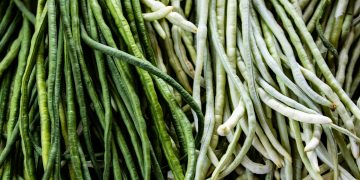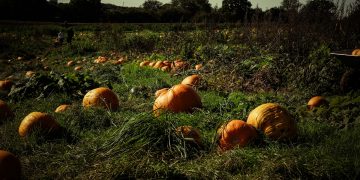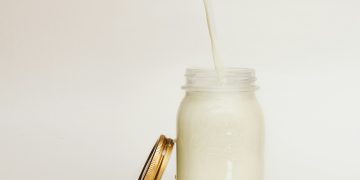Foraging is the practice of finding and collecting wild food. This can include berries, fruits, nuts, mushrooms, herbs, and edible plants. Foraging has been a traditional way of obtaining food for humans for thousands of years and several cultures still forage for food today. In order to successfully forage, one must be well-versed in the local flora and fauna such as being able to identify edible plants and knowing the anatomy of a mushroom. Most foragers feel a deeper appreciation of the natural world as a result of their foraging experiences.
Why do people forage?
There are many reasons why people choose to forage for food in the wild instead of buying it from a store. One of the main reasons is that foraging is a way to gather fresh and nutritious food for free. If you have a limited budget for food, foraging can be a way to obtain good quality food without having to spend too much.
Aside from saving money, many people forage as part of their culture. Many indigenous cultures around the world still rely on foraging for their food and medicine. Continuing to forage even in today’s convenient world is a way to connect with and learn from the wisdom of ancestors.
Foraging is also a sustainable way to gather food and other resources. It does not require fossil fuels or the production of packaging, and it does not generate waste. It is a fantastic way to develop a deeper understanding of the environment and feel the interconnectedness of all beings in the natural world.
Finally, many wild plants and fungi have medicinal properties and can be used to treat a variety of health conditions. These plants can be expensive or difficult to find in stores, but foraging can be a great way to access them. For instance, some types of mushrooms can be illegal to purchase in some states but are relatively easy to forage.
Foraging tips and advice
Foraging is a fun and fulfilling activity but there are a few things that you need to take into account to have a safe and successful foraging expedition.
Do your homework
Before you set out to start collecting random ingredients, spend some time learning about the types of plants, fruits, nuts, and mushrooms that grow in your area. Accidental ingestion of toxic ingredients can be fatal! Know that many plants and mushrooms look similar, so it is important to have a good eye for detail and know the identifying colors and markings. You can consult with local experts or purchase field guides to help you identify what is safe to eat and what is not.
Learn where to look
Every edible ingredient grows in its specific habitat or environment. For example, many types of mushrooms grow in shady areas near logs and trees. In general, foragers tend to look for natural environments that are free from pollution and chemical contaminants. Look for food in clearings or edges of forests that receive enough sunlight. Meadows and grasslands can be good places to find herbs and flowers, and wetlands are often rich in edible aquatic plants such as cattails.
Check the restrictions
While foraging is mostly unregulated, some places in your region may have restrictions on foraging. These places may be ecologically sensitive, protected wildlife habitats, or private property. Be sure to check with local authorities before you start foraging in any area. If you plan to forage along the shoreline, also check for any contamination advisories and follow any regulations for collecting seafood as not following these rules can be hazardous to your health and the environment.
Respect the environment
When foraging, be sure to harvest plants and fruits sustainably and with respect for the environment. Do not harvest more than you need at any given time. Never damage the plant's root system or collect an entire plant. Always leave enough behind for wild animals and other plants to thrive. Do not trample or disturb the habitat and take all your trash with you when you leave. If you have to wear insect repellent, make sure that it is biologically friendly and does not contain toxins.
Take precautions
Foraging can be dangerous if you are not careful. It is best to forage with a buddy. Be sure to wear appropriate clothing and footwear and bring a first-aid kit and plenty of water. Know the warning signs of poisonous plants that you may encounter and learn basic first aid, so you know what to do if you get stung or injured. Use your common sense when deciding whether an area is safe to enter and always be aware of your surroundings.
Join a community
If foraging sounds like something you might enjoy, consider joining a local foraging community to learn from other experienced foragers and share knowledge. Some of these clubs may offer foraging classes or lead hikes in safe foraging areas, while others may have a compilation of foraging resources that are specific to your local area. Foraging with others is a great way to meet like-minded people and learn more about the natural resources that surround you.
Foraging is an interesting and rewarding way to connect with nature and get fresh, sustainable food. By following these simple tips, you can enjoy this activity without endangering yourself or the environment.


























